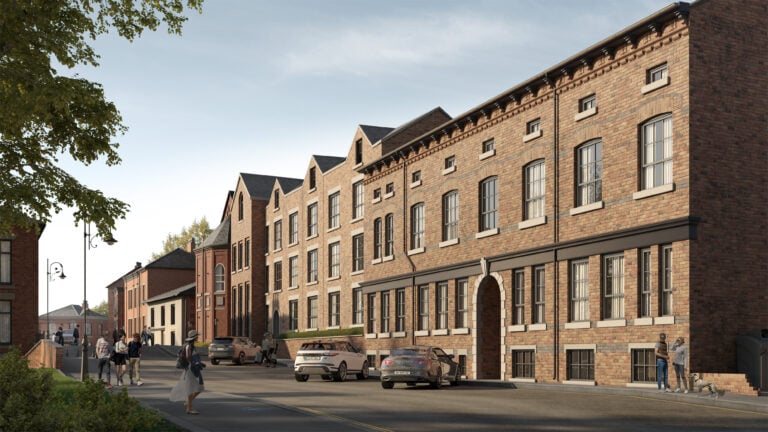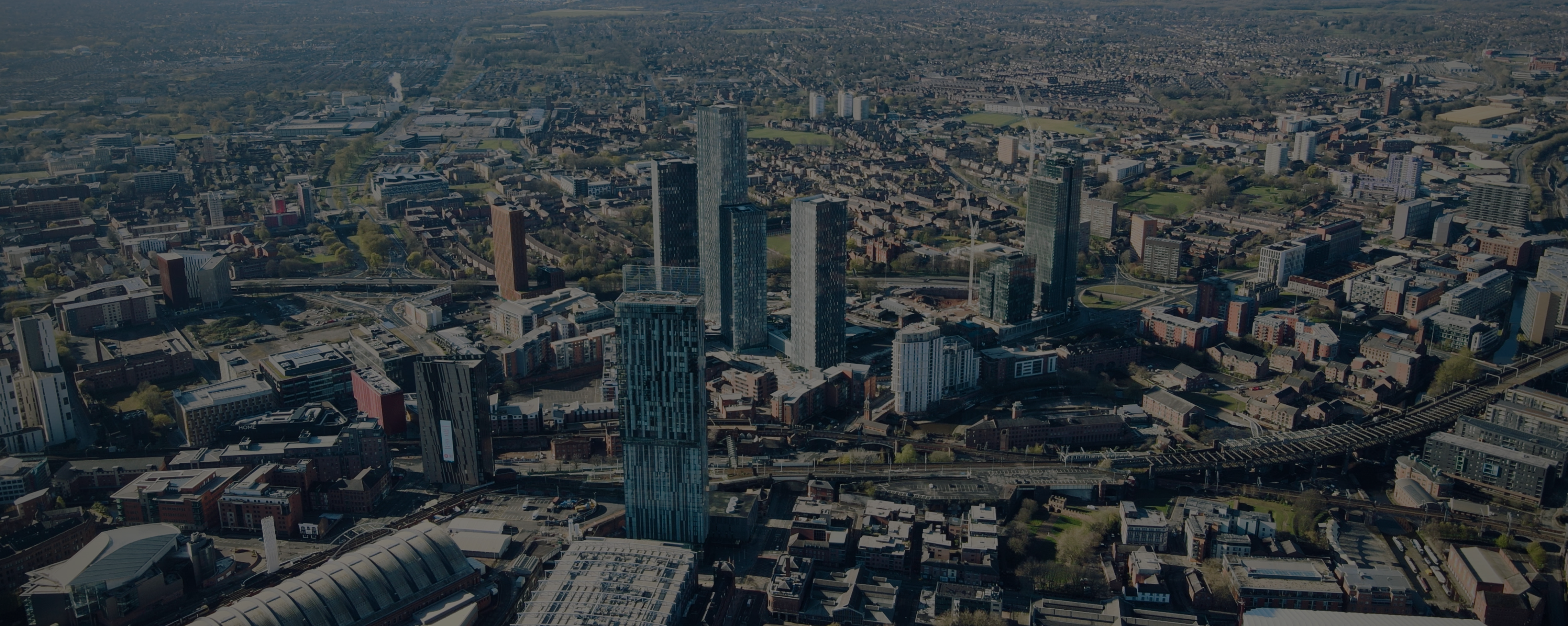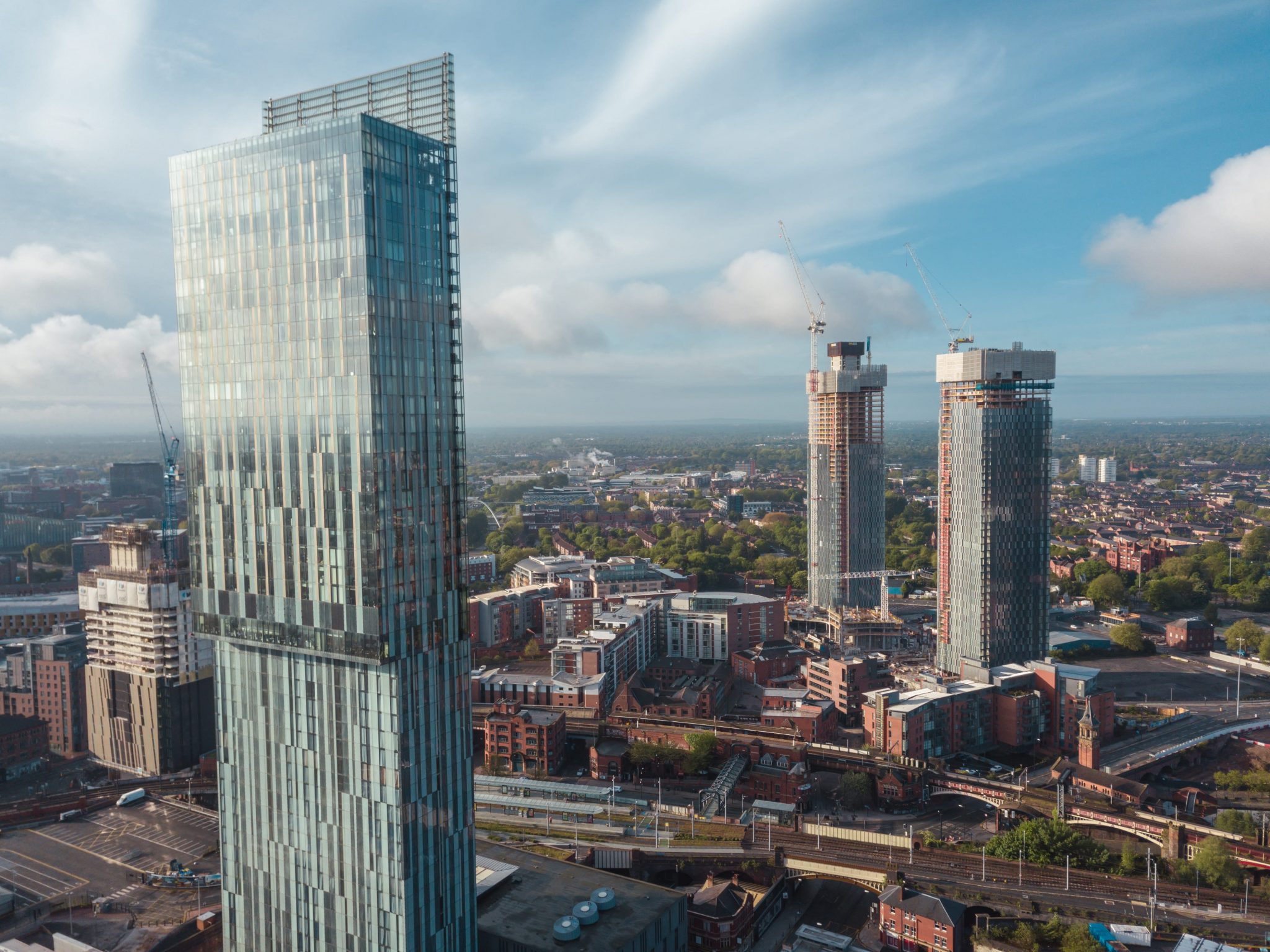Good news for buy-to-let landlords as new research shows the average tenant now stays put in their rental home for longer than ever.
Buy-to-let is generally considered a form of passive income for property investors, as they receive returns through regular rental payments as well as the long-term value increase of their property.
However, if you have a high tenant turnover, this can create more work and incur more costs, tipping the scales towards the investment being less passive and more active. It means spending time advertising the property, conducting viewings, finding the right tenants, and creating new tenancy agreements, along with things like arranging bill payments for any void periods.
Reducing void periods is a key element to generating strong returns from buy-to-let; and those landlords who retain their tenants for longer also tend to enjoy more of a passive income, while harnessing a better long-term relationship with their tenants.
Tenants are staying for longer
New research from the Deposit Protection Service (DPS), which protects tenants’ deposits on behalf of landlords, has revealed that while the overall number of buy-to-let tenancies continues to rise, the number of new tenancies is falling. This was calculated by looking at the total number of new deposits registered within the government’s three approved tenancy deposit schemes, including the DPS.
This indicates that tenants are now remaining in their rental homes for an average of 910 days, or around two and a half years. There was also a steep drop in the number of tenants moving house over the past 12 months, with only 20% of tenants responding that they had moved home in 2024, compared with 46% who responded the same in April 2023.
The average tenancy length has increased by 121 days since last year, when the DPS recorded that the average was 882 days. In 2022, the average length of time a tenant stayed put was 831 days, while in 2021 it was 789 days – or just over two years.
More than half (54%) of all tenants surveyed in October 2024 in DPS’s study said they had rented their property for between one and five years, which was up from 42% in March 2024.
Buy-to-let rents rising
One of the driving factors behind the increase in tenancy lengths, according to the DPS, is the cost of renting. This is putting people off moving home, in a bid to keep their payments down, and higher rents also mean a larger deposit requirement, which could be another offputting factor.
Increased moving costs are another factor for tenants, which can be avoided by staying put for as long as possible. Some tenants also say it is getting harder to find a suitable buy-to-let property, as demand continues to significantly outweigh supply in many areas, which may cause them to delay moving for as long as possible.
In terms of demand in the buy-to-let sector, landlords shared their views in DPS’s survey. While 35% said the number of tenants applying to rent their property hadn’t changed in the past year, the same figure said the number of applicants had increased.
A further 17% said tenant demand for their buy-to-let had roughly doubled over the past year, while 13% said demand had more than doubled – which is becoming increasingly common in certain areas where tenant numbers are on the rise.
Despite rising rents, though, the survey also found that fewer tenants were experiencing hardships (such as having to cut back on essentials, being unable to save for the future, or affording luxuries like meals out) as a result of having to pay higher rents. This is likely because of strong wage growth, alongside a general improvement in some cost of living factors.
If you’re a buy-to-let landlord looking to find and keep good tenants in 2025, read this guide for some top tips.










